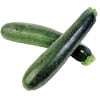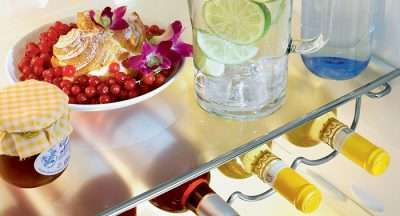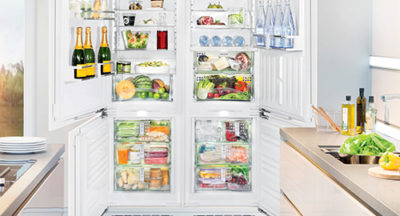Here at Liebherr we’ve put together a few tips when it comes to utilising your fridge and freezer best, along with handy ‘what to do’ and ‘what not to do’ tips when it comes to placing foods and drinks in your fridge and freezer!
– Doors are the warmest area in your fridge so avoid storing dairy items in this location. Keep this spot for items such as condiments and juices that can withstand temperature fluctuations due to frequent door openings. If you prefer to keep your milk in the door for easy access though, best spot is the bottom door shelf as this is the coolest part in the door.
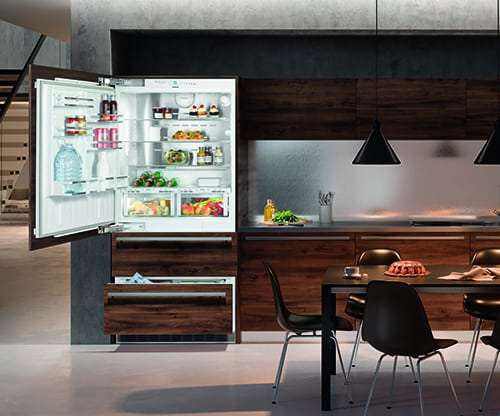

– Lower shelves and the rear of your fridge is always the coolest part of your fridge so this is generally the best place for storing items such as dairy and raw meats. Remember to keep your meat wrapped or in a sealed container to prevent potential bacteria from spreading to other food types. Even better if your fridge has a separate drawer or compartment for your meat – keep it completely separate.
– If you are storing liquids or food that are subject to odour or taste transfer such as strong marinade smells always use recyclable plastic, metal, aluminium or glass containers to restrict exposure to other foods. Cling wrap can also be used however doesn’t offer quite the same odour containment as many airtight containers do.
– To get the best results from Liebherr’s SuperCool & SuperFrost functions (reducing the temperatures to +2°C and -32°C respectively), it is recommended to activate these functions prior to grocery shopping to assist with cooling the new food more rapidly, ready for your return. Both functions assist with excessive temperature rise to existing items while the door is open for loading
– Always ensure you set the right humidity in the BioFresh (0°C) drawers to get the best results for your food types. The low humidity DrySafe is ideal for storing fish, meat and dairy products whilst the HydroSafe with high humidity is best for fruits and vegetables. Veggies and fruits sensitive to cold such as pineapple, avocado and zucchini for example should not be kept in a BioFresh drawer, unless you have a BioFreshPlus drawer set at 6°C.


– There are fruits and vegetables which can give off large amounts of ethylene gas, an agent in the food ripening process. This means if they are stored in the presence of ethylene sensitive fruits and vegetables it will quicken the ripening process. Therefore, wherever possible ethylene sensitive foods should be stored separately from high ethylene gas foods, with the sensitive foods stored below (as gasses rise).
Examples of high ethylene foods are: • Apple • Apricot • Avocado • Banana • Fig • Honeydew • Mango • Nectarine • Passionfruit • Pawpaw • Peach • Pear • Plum • Rockmelon • Tomato
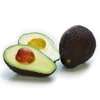
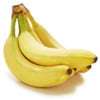

Examples of ethylene sensitive foods are: • Artichoke • Asparagus • Beans • Broccoli • Brussel sprouts • Cabbage • Carrot • Cauliflower • Celery • Corn • Cucumber • Gooseberry • Greens • Endive • Eschallot • Lettuce • Parsley • Potato • Rhubarb • Silverbeet • Squash • Sweet potato • Zucchini
– Ensure that space is left between foods in the fridge to enable good air circulation.
– Always ensure that you cool food to room temperature (if warm) before storing it in the fridge or freezer.
– Do not sit fresh or warm foods on top of items that are already cooled (fridge) or frozen. Always shuffle items around to make a clear space for new foods (particularly warmed!) being placed in the fridge or freezer. This will help reduce temperature variances in already cooled or frozen items.
– If you like to freezer left overs, bulk meats and the like, where possible always make it portion sizes suitable for your family household, this makes it much easier and quicker when it comes to defrosting or reheating from frozen. Also by storing in compact, more ‘flattened’ portions it will take less time to defrost and will do so more evenly (unlike when frozen in large chunks, the inside takes forever to defrost even in the microwave!). So don’t be afraid to split your contents across a couple of containers or zip locked bags.
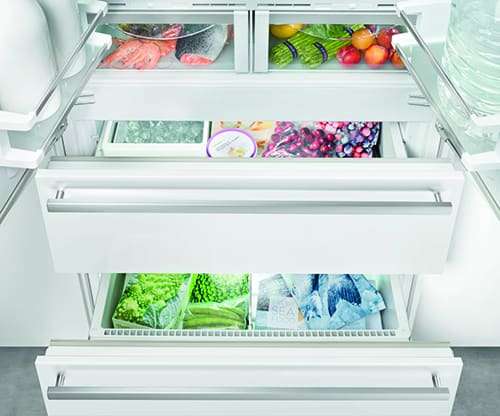
.jpg)
– Last but not least – store your food logically! Keep items that you regularly use front and centre, so they are always easily accessible. This excludes items such as dairy products where it is recommended to store at the rear and lower shelves of the fridge where it always remains coolest (if your yoghurt, milk or other similar type dairy products are getting icicles or freezing in these locations, please review your temperature settings).




